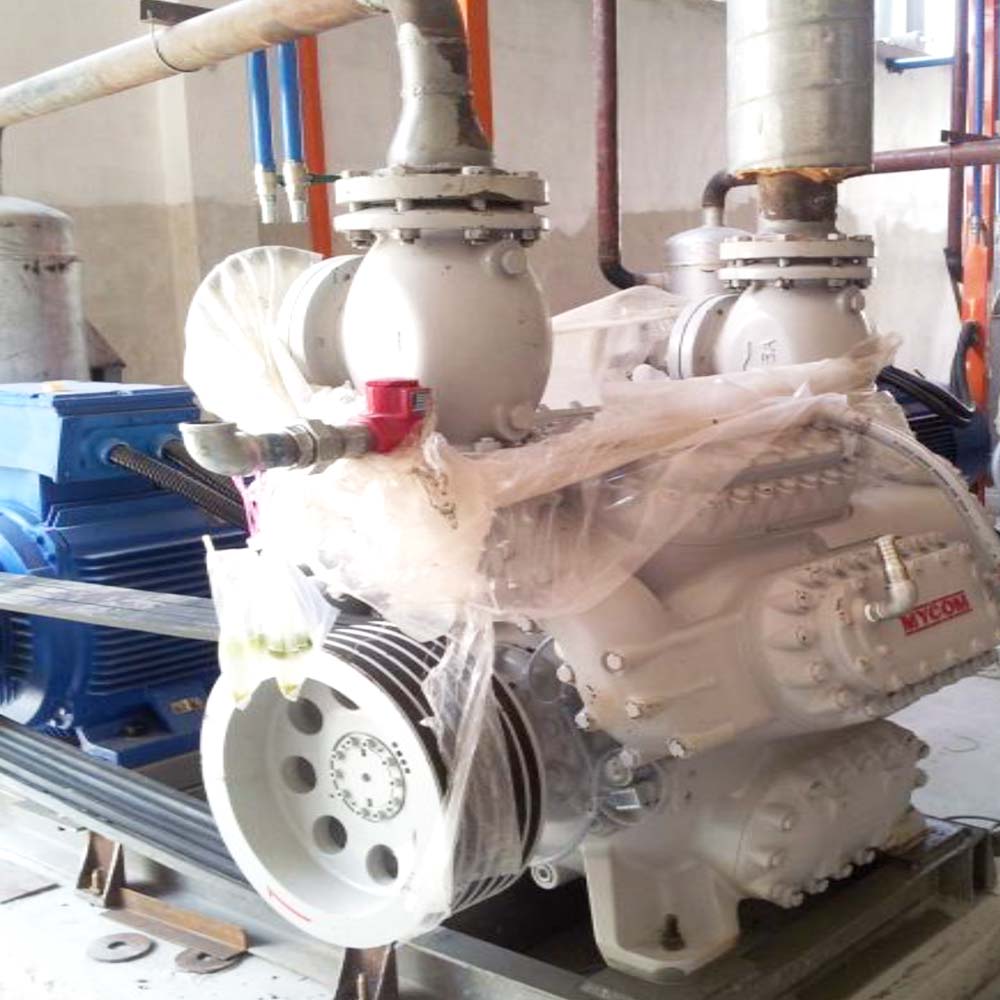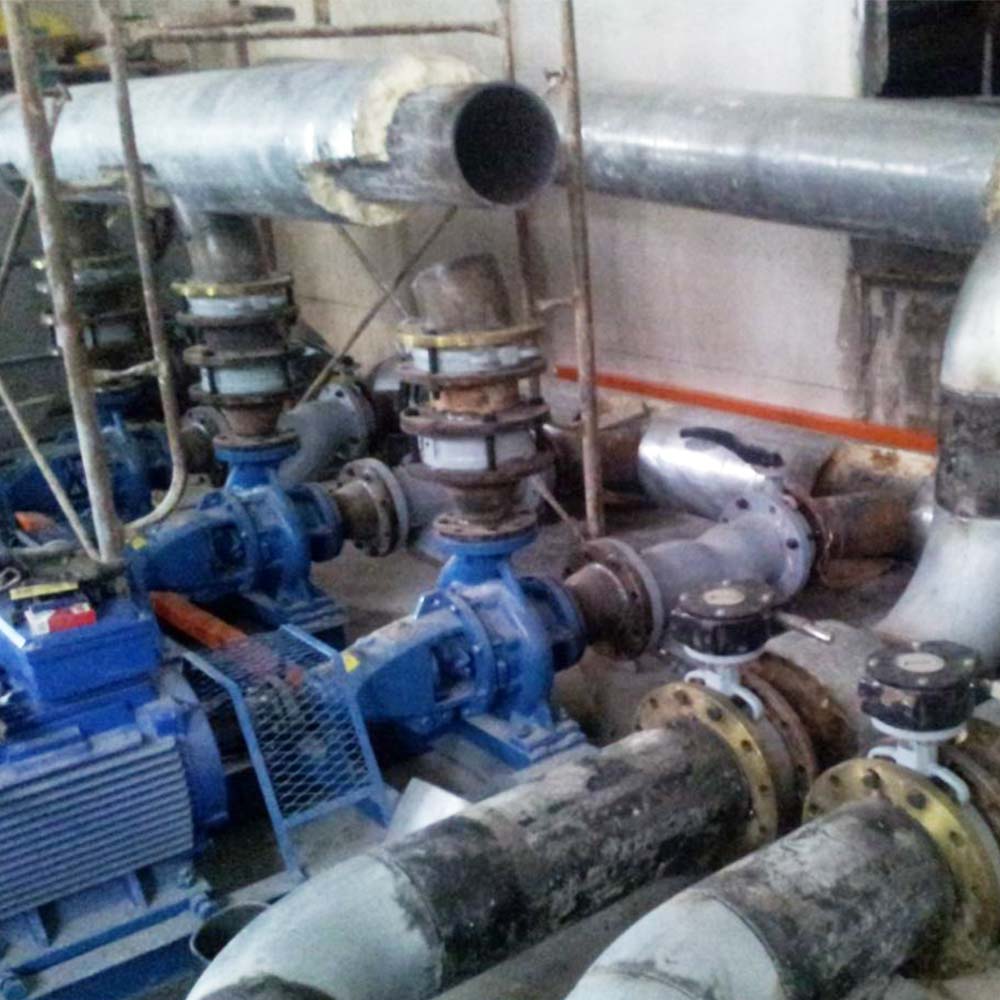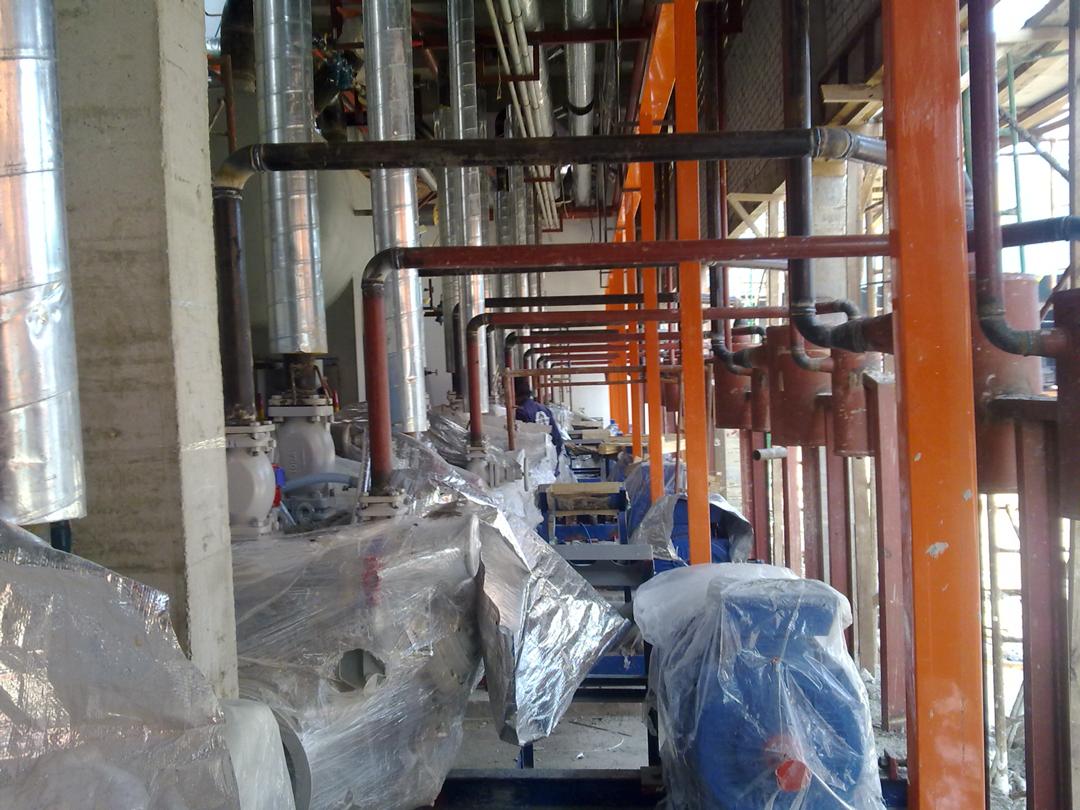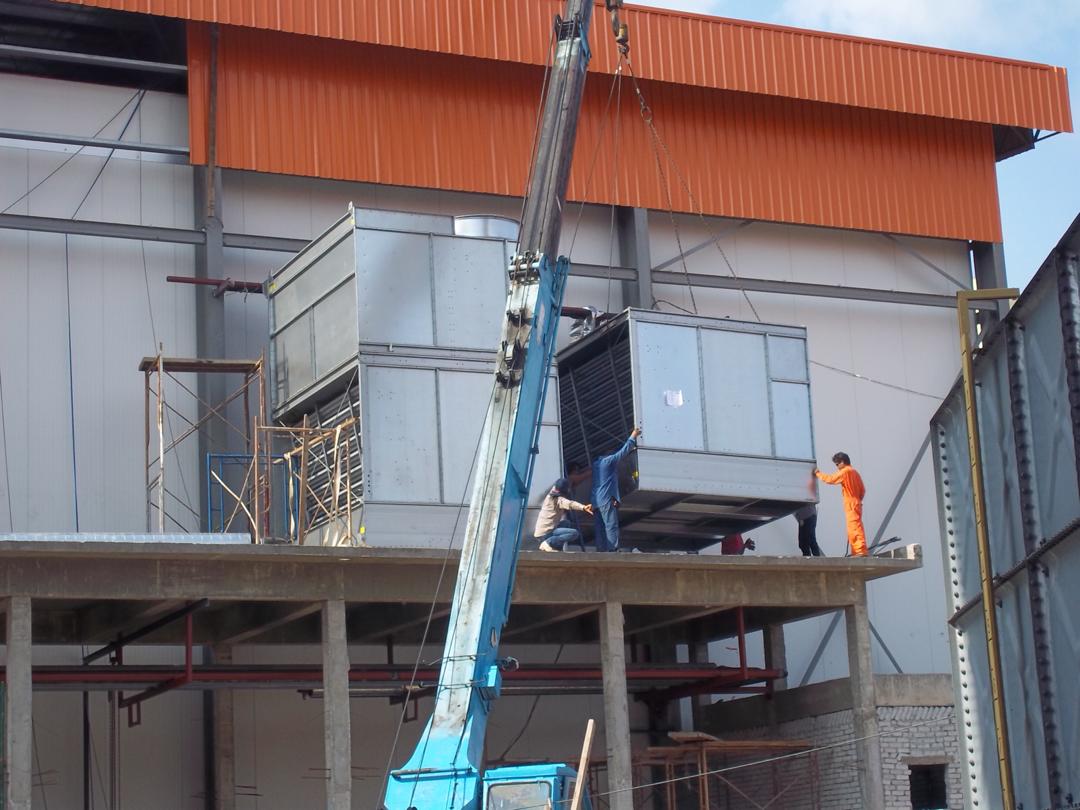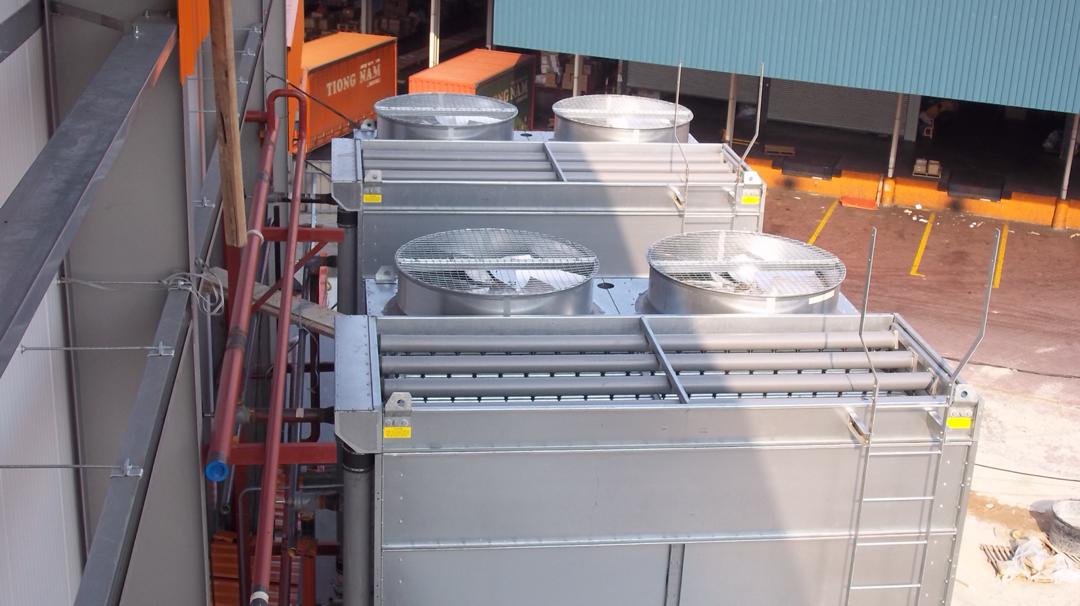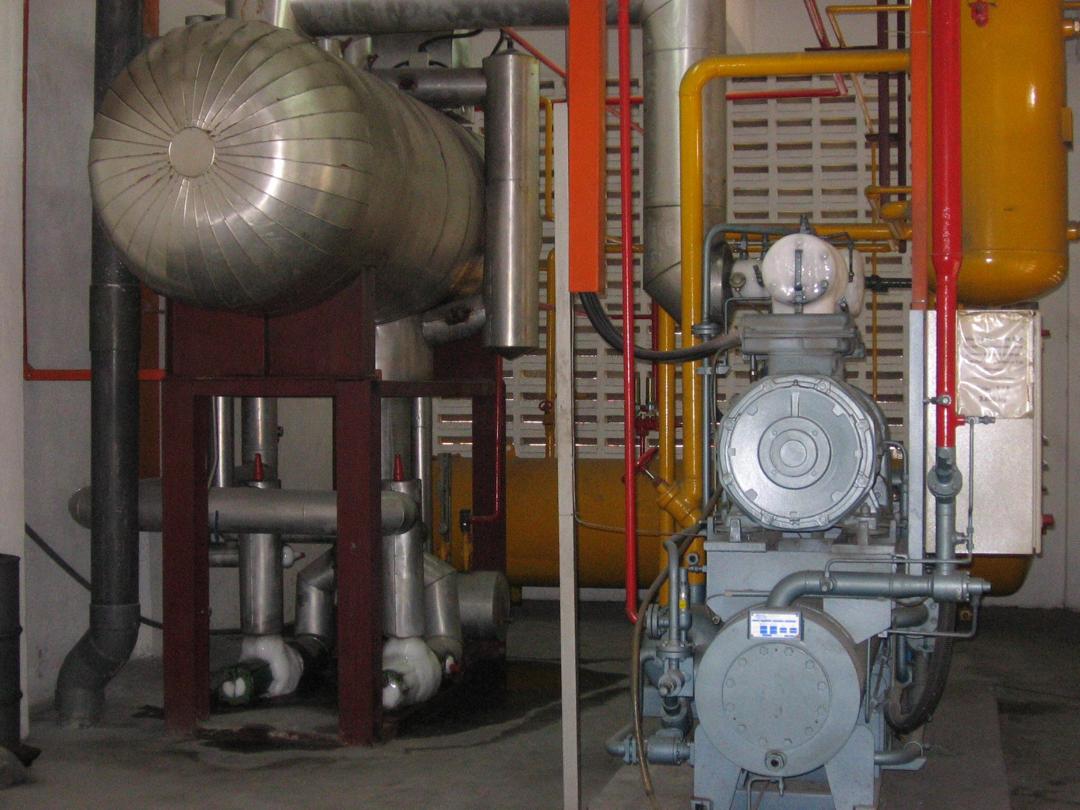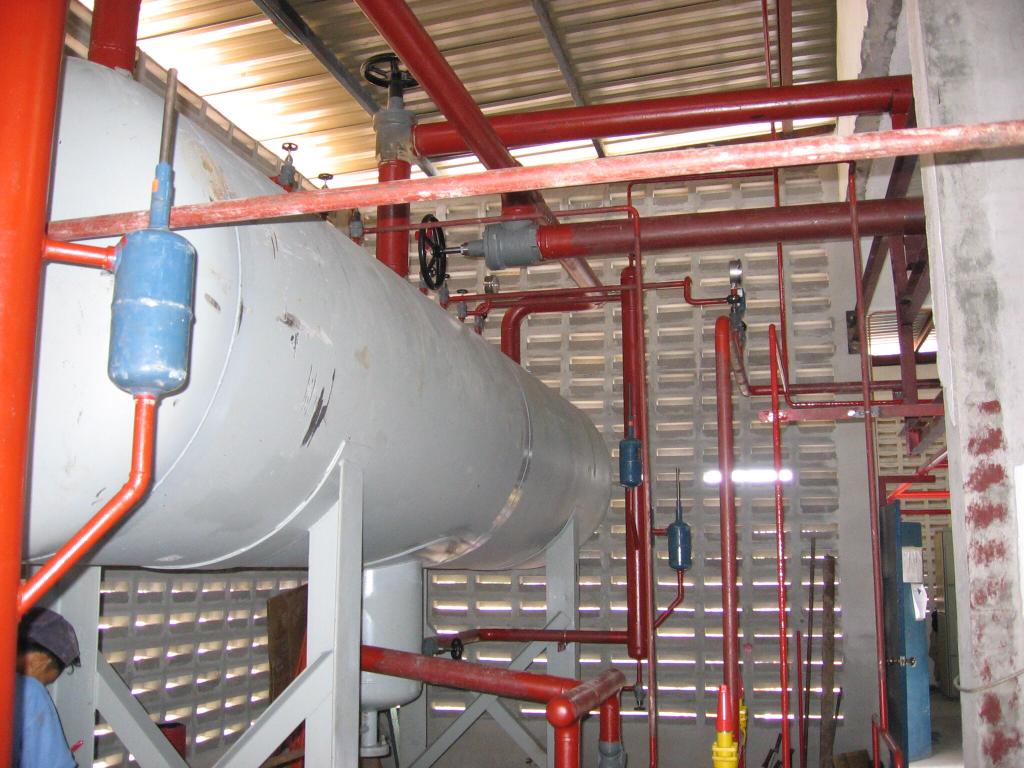Ammonia Refrigeration System
Last Update
Price:
R.F.Q.
Share Product:
Detail
There are three major reasons for choosing ammonia as a refrigerant:
Ammonia’s physical properties make it effective and efficient for large systems.
It breaks down quickly in the environment, minimizing potential environmental impact.
Any spill or accidental release can be quickly identified, because of ammonia’s strong odor.
According to the International Institute of Ammonia Refrigeration (IIAR), ammonia is 3 to 10% more thermodynamically efficient than competitive refrigerants. This allows an ammonia-based refrigeration system to achieve the same cooling effect while using less power. As a result, where ammonia refrigeration is appropriate, it can offer lower long-term operation costs.
Ammonia breaks down in the environment very quickly (lasting less than a week in the air). Unlike synthetic refrigerants like CFCs, it doesn’t damage the ozone layer. Most of ammonia’s potential for harm relies on there being too much of it in one place, not on its being leaked and scattered into the environment. In fact, ammonia is often sprayed on fields as a fertiliser in industrial farming.
Finally, most people will notice the pungent smell of ammonia when it’s only about 20 parts per million (ppm) in the air. While some refrigerants have no noticeable smell, allowing small leaks to go unnoticed, that’s not the case with ammonia. Even a tiny amount in the air will be obvious. Importantly, the detectable concentration is much lower than the concentration that will cause immediate harm.
